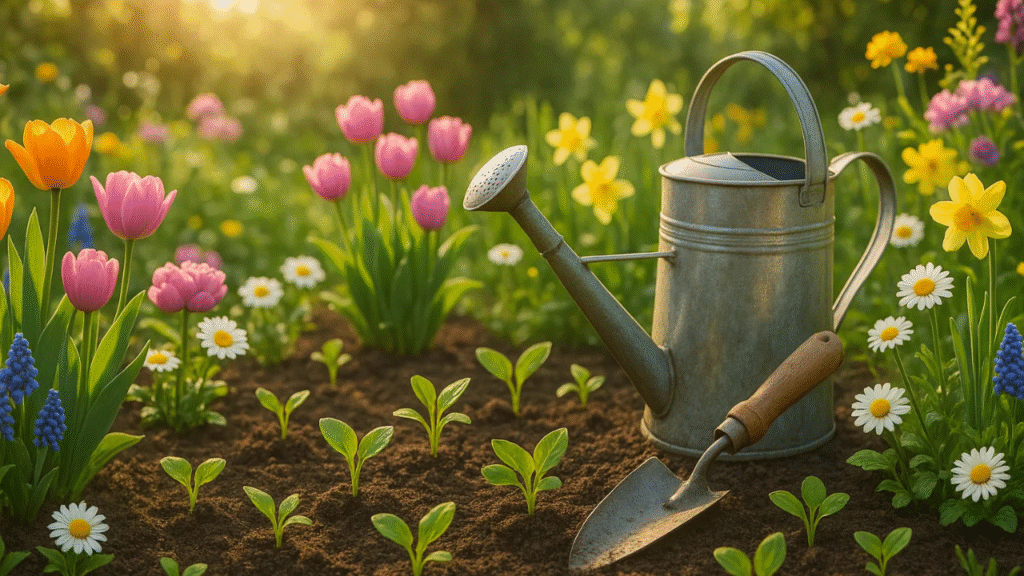
Timing Seed Sowing for Spring Planting: Expert Tips for a Successful Garden
Timing seed sowing for spring planting is one of the most crucial steps in ensuring a successful garden. 🌿 Many gardeners, whether beginners or experienced, often struggle with knowing the right time to plant their seeds for optimal growth. 🌱 Planting too early or too late can lead to weak seedlings or stunted growth, leaving you frustrated. 😕 In this article, we’ll guide you through expert tips on how to master the timing seed sowing for spring planting, so you can enjoy a flourishing garden come spring. 🌸 Let’s dive into the essential factors that will set your plants up for success! 🌷🌻
Table of Contents
Toggle🌍 Understanding Planting Zones: The First Step in Timing Your Sowing 🌱

When it comes to planting, knowing your planting zone is crucial. 🌸 Planting zones are regions that define the best climate conditions for growing certain plants, based on the average minimum temperature in a given area. 🌡️ This knowledge helps you determine the right time to plant and ensures your plants thrive. 🌿
🌱 What Are Planting Zones? 🌼
Planting zones, often referred to as USDA Hardiness Zones in the U.S., are divided into 13 categories, each representing a 10°F range of minimum temperatures. 🌡️ For example, Zone 1 experiences the coldest temperatures 🥶, while Zone 13 sees the warmest 🌞. Each zone provides insights into which plants can survive in specific temperature ranges. 🌷
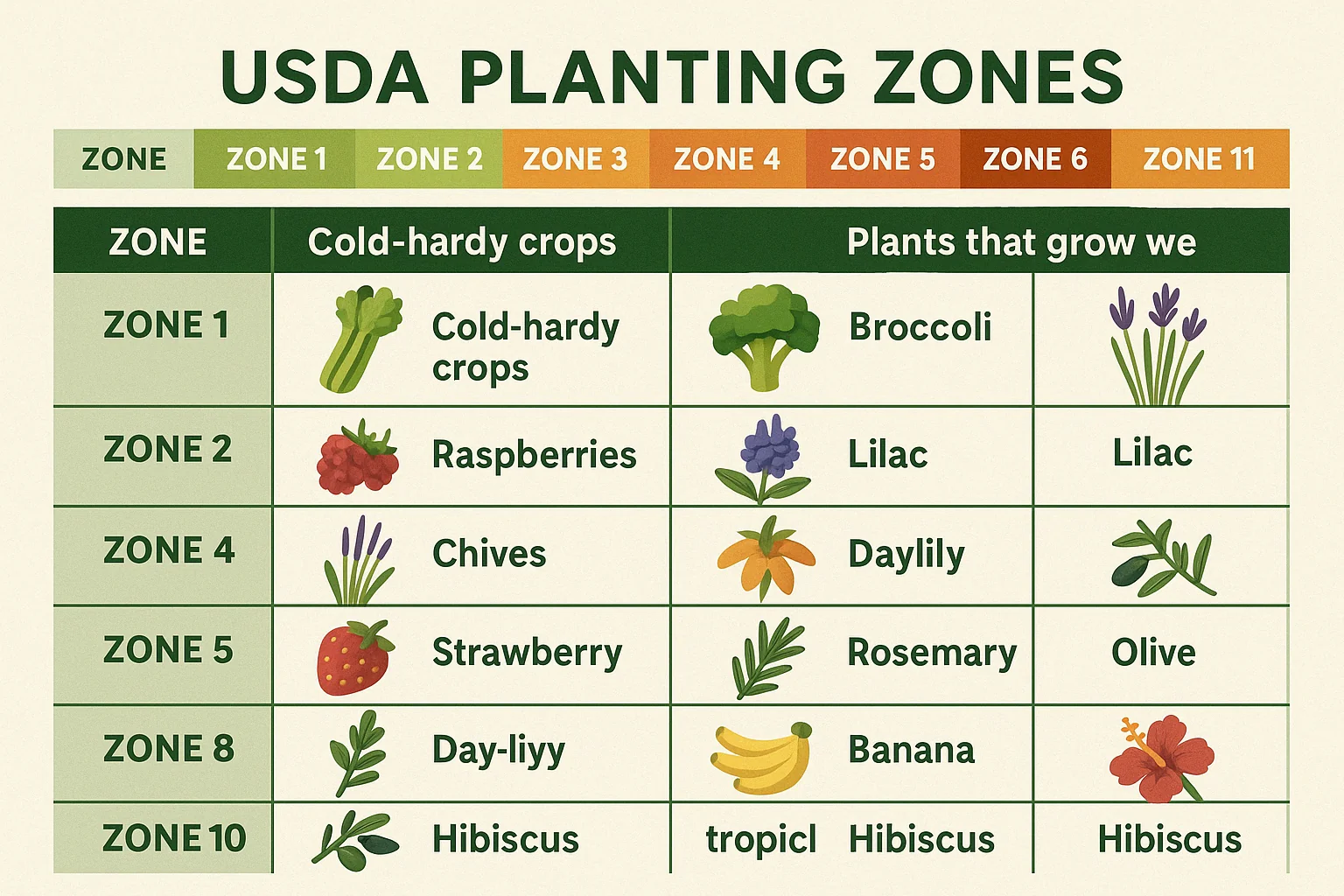
🌞 Why Planting Zones Matter 🌻
Understanding your planting zone helps you time your sowing appropriately. 🌱 Plants that are suited to your zone will grow and bloom on schedule, while those outside the range may struggle, resulting in poor growth or even failure. ❌ Additionally, knowing your zone helps you avoid planting too early or too late, which can prevent frost damage or stunted growth. 🌬️
🗺️ How to Determine Your Zone 📍
Finding your zone is simple—check your local USDA hardiness zone map 🗺️ or use online tools that calculate your zone based on your zip code. ✉️ Once you know your zone, research the plants 🌾 that are suited for it, whether you’re growing vegetables 🥕, flowers 🌸, or shrubs 🌳.
🌸 Practical Tip 💡
If you’re planning to sow seeds indoors or start plants early, check the last frost date for your zone. 📅 This allows you to begin planting at the optimal time, ensuring your garden flourishes. 🌱
🌱 The Right Time to Start Seeds Indoors 🌷
Starting seeds indoors is a great way to get a jumpstart on your garden, but timing is key to ensure healthy seedlings. 🌿 Here’s what you need to know to pick the perfect moment: ⏰
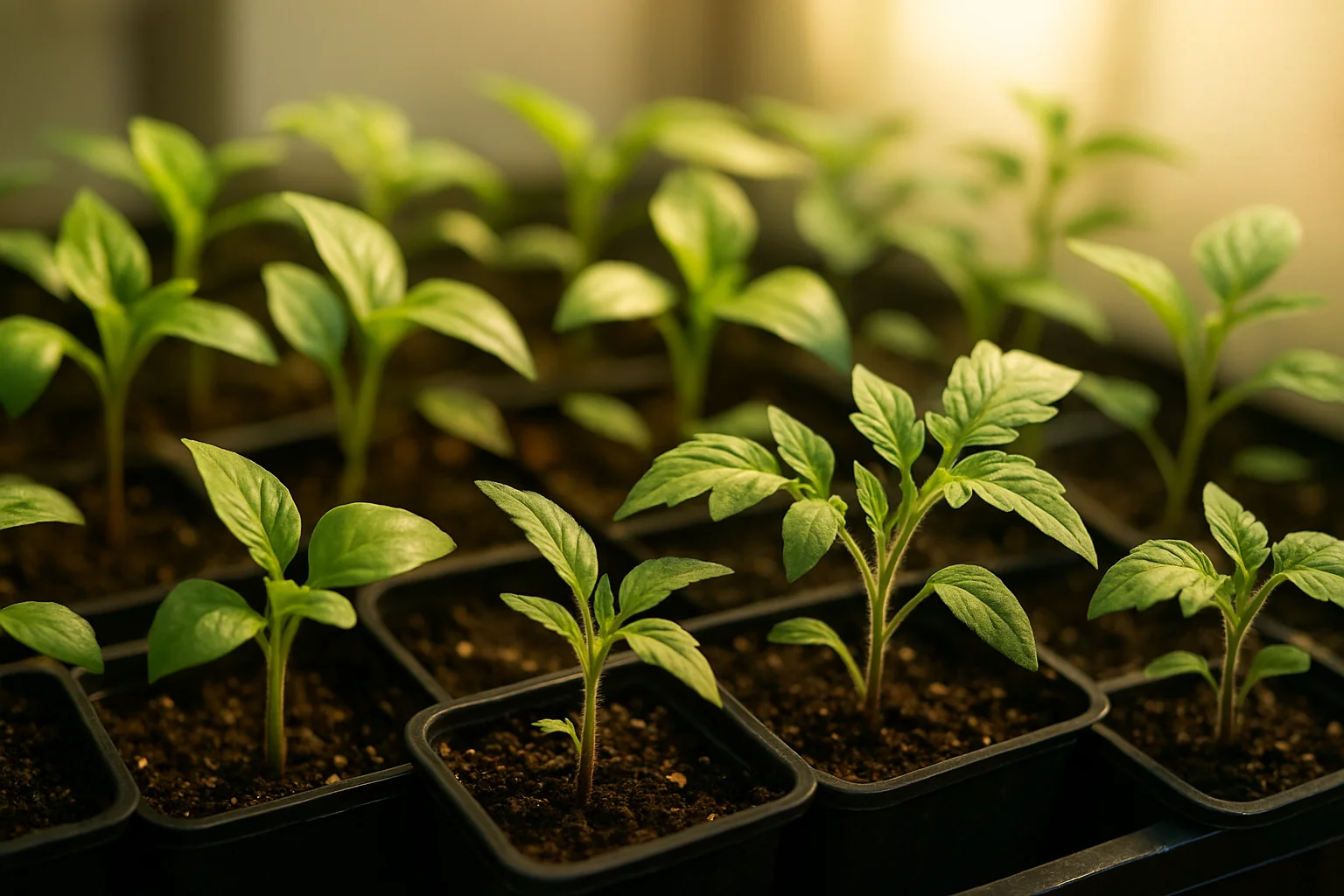
📅 Know Your Last Frost Date ❄️
The first step is knowing when the last frost date for your region occurs. 🌦️ This date is crucial because it tells you when it’s safe to transplant your seedlings outdoors without the risk of frost damage. 🥶 Check a local gardening resource or USDA Hardiness Zone Map for this information. 🌍
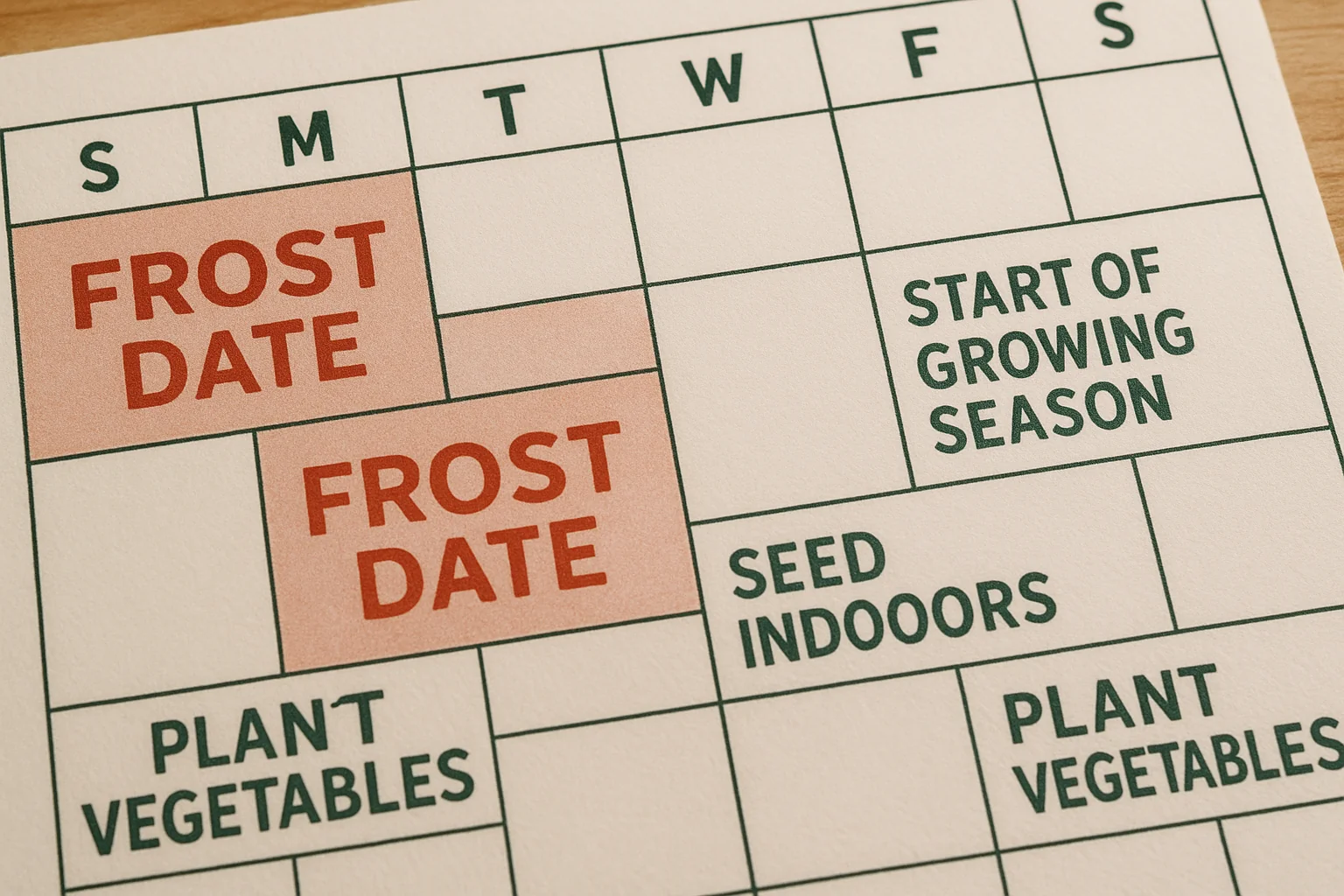
🔙 Count Back 6-8 Weeks 📆
Most seeds should be started indoors about 6-8 weeks before your region’s last frost date. 🗓️ This allows enough time for the seedlings to grow strong enough to be transplanted outside. 🌱 Some plants, like tomatoes 🍅 or peppers 🌶️, may need a bit more time, so always check the seed packet 📑 for specific recommendations.
🌿 Consider the Plant Type 🌻
Different plants have different needs. Cool-weather crops like lettuce 🥬 or broccoli 🥦 can be started earlier and often tolerate a bit of frost. 🥶 Warm-weather crops like tomatoes 🍅 or peppers 🌶️ should be started later to avoid early exposure to the cold. 🌞
🏠 Indoor Environment 🌱
Make sure to start your seeds in a space that’s warm and gets plenty of light. 🌟 Seeds need warmth to germinate 🔥, and most seedlings thrive under 12-16 hours of light a day, either from natural light 🌞 or grow lights 💡. A consistent temperature between 65-75°F (18-24°C) is ideal for most plants. 🌿
By understanding your local climate and following these simple guidelines, you can give your seeds the best start possible, ensuring a healthy and thriving garden come planting time. 🌻 Timing seed sowing for spring planting is key to making the most of your growing season. 🌱
🌳 Direct Sowing vs. Transplanting: Understanding the Difference 🌾
When it comes to starting plants in your garden, two common methods stand out: direct sowing 🌾 and transplanting 🌱. Understanding the difference between these two approaches can help you choose the best method for your plants. 🌼

🌱 Direct Sowing 🌻
Direct sowing involves planting seeds directly into the soil 🌍 in your garden or containers. This method is ideal for plants that are adapted to growing outdoors and don’t need to be started indoors. 🌱 It’s straightforward and cost-effective 💸, requiring minimal effort. 💪
🌟 Advantages of Direct Sowing 🌾:
- 🌱 Natural Growth: Seeds establish themselves in the environment where they will grow, leading to stronger, healthier plants. 🌸
- 💪 Less Effort: No need for indoor growing space or pots—just plant and water. 💧
- 💰 Cost-Effective: You don’t need to buy seedlings, and it reduces the cost of starting plants. 🌿
Best for: Root vegetables like carrots 🥕, radishes 🌶️, or beans 🧑🌾, as well as flowers 🌸 and herbs 🌱 that thrive directly in the ground.
🌳 Transplanting 🌸
Transplanting involves starting seeds indoors or in controlled environments 🏠 and then moving the young plants to the garden once they are ready. This method is especially useful for plants 🌾 that require a longer growing season or need protection from the elements early on. 🌦️
🌟 Advantages of Transplanting 🌱:
- 🌞 Earlier Harvest: Transplants give your plants a head start, allowing them to mature earlier in the growing season. 🕒
- 🔧 Better Control: Starting indoors allows you to control temperature, humidity, and light 🌟, leading to healthier plants. 🌻
- 💪 Stronger Plants: Transplants are often stronger and less prone to pests 🐛 or diseases than seeds directly sown in the ground. 🌱
Best for: Warm-season crops like tomatoes 🍅, peppers 🌶️, and squash 🎃 that need a long growing season or protection from cold weather.
📅 Key Considerations ⚖️:
- 🌦️ Climate and Season: If you’re growing in a short-season climate, transplanting can give you a longer growing period. 🌞
- 🌻 Plant Type: Choose direct sowing for hardy plants that can handle outdoor conditions from the start and transplanting for more sensitive or slow-growing varieties. 🏡
By understanding the strengths and needs of your plants 🌱, you can make the right choice between direct sowing and transplanting, ensuring a successful growing season. 🌿 Timing seed sowing for spring planting helps guide that decision for the best results. 🌞
🌱 Factors to Consider for Optimal Sowing Time 🌸
When determining the best time to sow your seeds, several factors play a crucial role in ensuring successful plant growth. 🌿 Understanding these variables will help you plant at the right time for the best results. Here are the key considerations for optimal sowing: 🌞
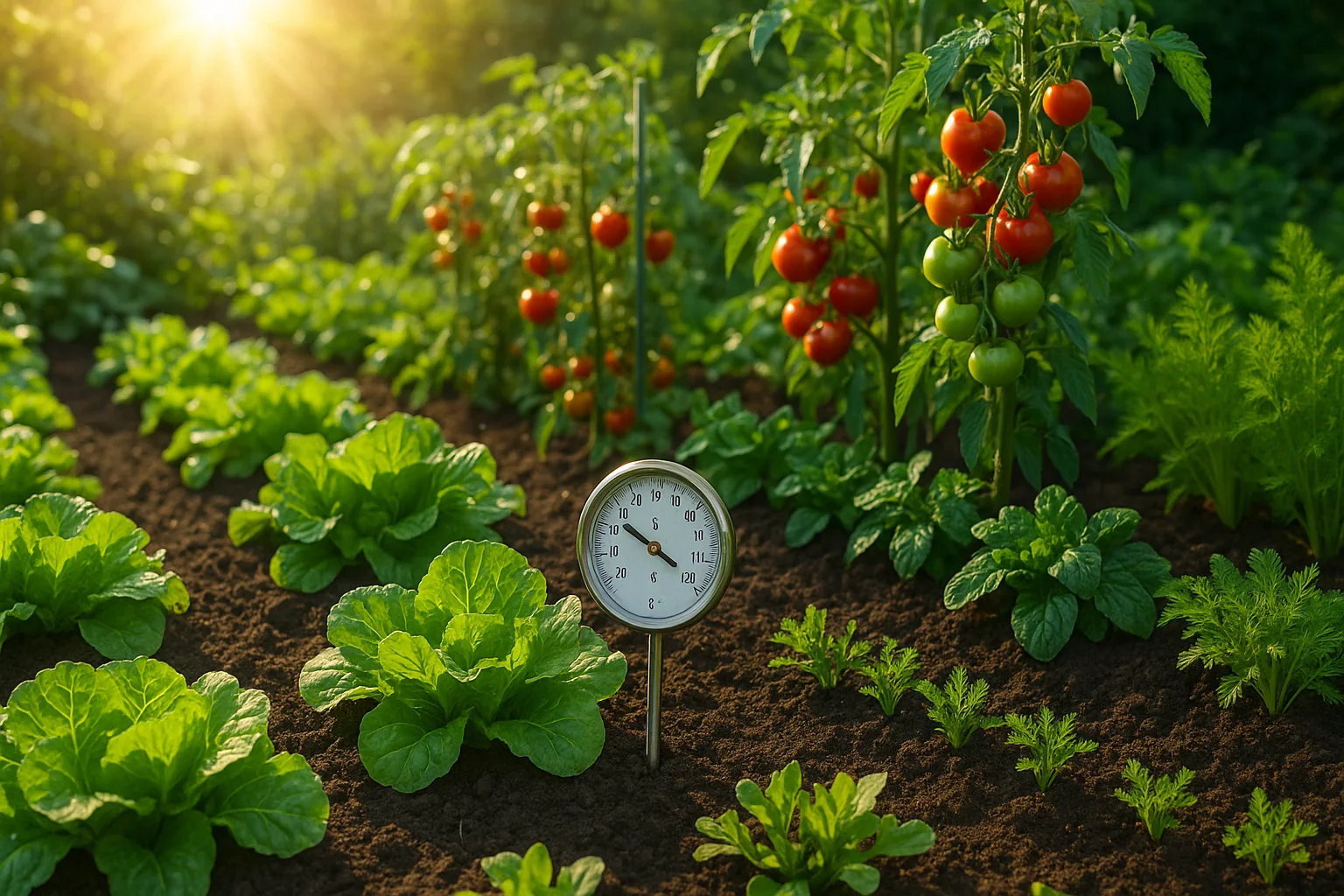
🌡️ Climate and Temperature 🌷
The ideal sowing time depends heavily on your local climate. 🌍 Most plants need a specific temperature range to germinate properly. Warm-season crops, like tomatoes 🍅, prefer soil temperatures between 70-85°F (21-29°C), while cool-season crops, like lettuce 🥬, thrive at cooler temperatures around 55-65°F (13-18°C). 🌱 Always check the average last frost date for your area to avoid sowing too early. ❄️

🌨️ Frost Dates ❄️
Knowing the last expected frost date in your region is essential. 🌬️ Sowing too early can expose seedlings to frost, damaging or killing them. 🥶 You can plant after the last frost date for warm-weather plants 🌞, while cool-weather plants ❄️ can be sowed before the last frost, as they tolerate the cold. 🌸
🌞 Daylight Hours 🌅
Plants need sufficient sunlight 🌞 to grow. The amount of daylight available varies by season, and this impacts seedling development. 🌱 Longer daylight hours in spring provide more sunlight, which promotes healthy plant growth. 🌿 Always plan sowing based on seasonal light changes. 🌞
🌾 Soil Conditions 🌻
The condition of the soil is another factor to consider. 🌍 Soil should be warm, well-drained, and slightly moist for successful seed germination. 💧 You can test soil temperature with a simple soil thermometer 🌡️ to ensure it’s within the right range for planting. 🌱
🌷 Plant Type 🌱
Different plants have unique sowing requirements. 🌿 For instance, some plants, like beans 🧑🌾 and peas 🌱, do well when sowed directly outdoors in warmer temperatures 🌞, while others, like peppers 🌶️, may need to be started indoors before being transplanted. 🏡
By carefully considering these factors, you’ll ensure your plants have the best chance for healthy growth 🌿 and abundant yields. 🌸 Always tailor your sowing approach to the specific needs of the plant and your environment for the best results. 🌱
⚠️ Common Mistakes to Avoid in Seed Sowing Timing 🚫
When it comes to seed sowing, timing is everything ⏰. However, even experienced gardeners can make mistakes that affect their plant growth. 🌿 Avoiding these common errors will help ensure better germination and healthier plants. 🌞
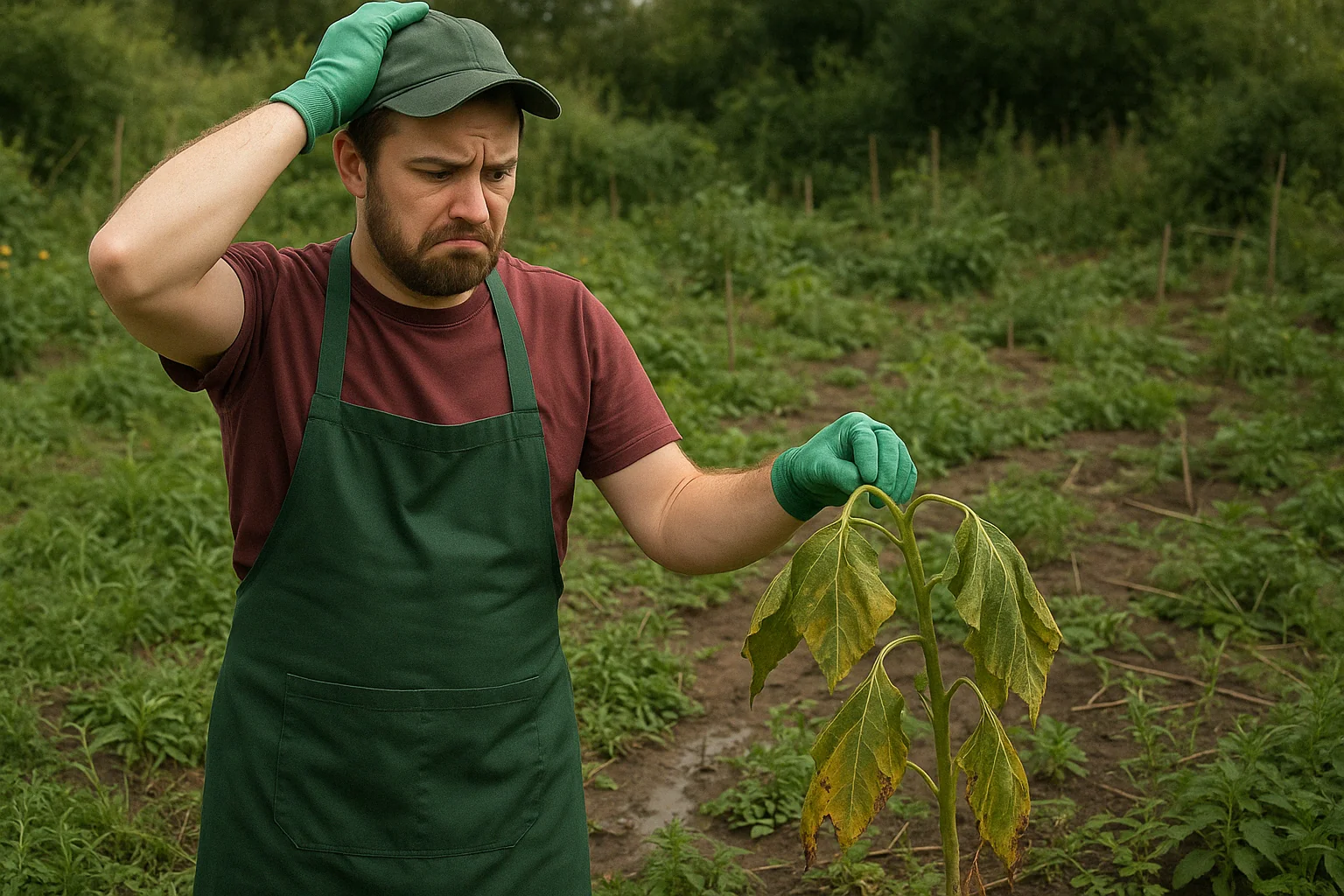
🥶 Sowing Too Early 🌱
Many gardeners get eager and sow seeds before the last frost. 🌬️ However, this can lead to seed rot or weak seedlings. 🥀 Always check the average last frost date for your region and wait until the soil has warmed up. 🌞

🌻 Planting Too Late ⏳
Sowing seeds too late in the season can reduce the growing period for your plants, affecting their development. 🌾 Research the ideal planting window for each plant variety 📝 and plan accordingly. 🌱
🌦️ Ignoring Local Climate 🌍
Climate plays a significant role in seed success. 🌞 Don’t rely solely on general seed packet instructions 📑—adjust your timing based on your local weather patterns 🌧️ and the specific needs of the plant. 🌿
🏡 Not Adjusting for Indoor vs. Outdoor Sowing 🌿
Starting seeds indoors gives you a head start but can lead to problems if not timed correctly. 🌱 Ensure that seedlings are hardened off before being transplanted outdoors 🌿 to avoid transplant shock. 🌞
🌱 Overcrowding Seeds 🌻
While it’s tempting to sow more seeds in an attempt to increase germination rates 🌱, overcrowding can lead to competition for space, light, and nutrients. 💧 Always follow the recommended spacing for each seed type 🌾.
By avoiding these common mistakes 🚫, you’ll improve your chances of a successful harvest 🌾 and enjoy a thriving garden 🌿. Be mindful of timing, and your plants will thank you. 🌸
📅 Using Calendars and Online Tools to Get the Timing Right 📲
Timing is crucial for gardening success 🌱, and using calendars and online tools can help you stay organized 📅 and make precise decisions. Here’s how you can use these tools effectively: 🌸

📅 Planting and Harvesting Schedules 🌱
Using a gardening calendar 🗓️ allows you to plan when to plant, water 💧, and harvest specific crops. Many online calendars 🌐, like those from gardening websites, allow you to input your location 📍 and suggest the best planting times for your region. This ensures you plant your crops at the optimal time for growth 🌿.
🌦️ Weather Forecast Tools 🌞
Online weather tools 🌤️ help you track temperature patterns, rainfall 🌧️, and frost dates ❄️, which are essential for determining planting and harvesting windows. Websites like The Old Farmer’s Almanac 📚 offer customized planting calendars based on your zip code 📍, helping you avoid planting too early or too late. 🌱
📲 Mobile Apps for Garden Planning 🌿
Apps like Garden Planner 🌻 and PlantSnap 🌿 can help you map out your garden 🏡, keep track of tasks 📝, and receive timely reminders ⏰ for planting, watering 💧, or fertilizing. These tools also offer weather integration 🌦️, which gives you up-to-the-minute forecasts to help adjust your gardening schedule. 📅
📚 Grow Guides and Interactive Tools 🌷
Online guides often feature interactive tools 🔧 that let you select your garden’s location 📍, then provide a list of crops 🌱 suitable for your environment and the best times to grow them 🌞. These resources are perfect for beginners and seasoned gardeners alike, helping you optimize your growing seasons. 🌿
By using calendars and online tools 📱, you can make informed decisions 🧠, reduce guesswork ❌, and ensure your plants thrive throughout the year 🌸. These tools simplify your gardening experience, keeping you on track and organized 📅.
Final Thoughts☀️😏
Proper timing when sowing seeds for spring planting is crucial for a successful garden 🌷. By understanding your local planting zone 🗺️, knowing when to start seeds indoors 🏠, and being mindful of factors like soil temperature 🌡️, frost dates ❄️, and light conditions 🌞, you can give your plants the best chance to thrive 🌿. Whether you’re directly sowing seeds into the ground 🌍 or transplanting seedlings 🪴, patience and careful planning will ensure you get the most out of your spring planting efforts. 🌼

Avoiding common mistakes 🚫, using gardening calendars 📅, and tools 🛠️, and understanding when to transplant seedlings 🌱 are all essential steps in achieving a healthy, productive garden 🌻. Timing seed sowing for spring planting plays a crucial role in setting your garden up for success. With the expert tips shared in this article, you’ll be well on your way to mastering the timing of your seed sowing 🌸, leading to a flourishing garden full of vibrant, healthy plants 🌿. Happy gardening! 🌻
Frequently Asked Questions (FAQ)
When is the best time to start sowing seeds for spring planting?
The best time to start sowing seeds for spring planting depends on your region’s climate and last frost date. Generally, you should begin sowing seeds indoors 6-8 weeks before the last expected frost date. For direct sowing in the garden, wait until the soil reaches the optimal temperature for the specific plant you’re growing, which is usually around the time of the last frost.
How can I find my last frost date for my area?
To determine your last frost date, check local gardening resources, websites, or use a USDA hardiness zone map. These tools will help you estimate when you can safely plant your seeds or transplant seedlings outdoors.
Can I sow seeds directly outdoors in early spring?
Yes, many seeds can be directly sown outdoors in early spring once the soil temperature is appropriate. For cool-season crops like peas, lettuce, and spinach, the soil temperature should be around 45°F to 55°F. For warmer crops, wait until the soil temperature is consistently above 60°F.
What should I do if there is a late frost after sowing my seeds?
If there’s a late frost after sowing your seeds, it’s important to protect your young plants. Cover them with frost cloths, row covers, or even blankets to prevent damage. If you’ve started seeds indoors, wait until the danger of frost has passed before transplanting them into the garden.
How can I avoid common seed sowing mistakes?
To avoid common mistakes, follow these key steps:
1. Know your last frost date and plan your sowing schedule accordingly.
2. Understand the specific soil temperature and light requirements of each plant.
3. Use a garden calendar to track sowing times and transplanting dates.
4. Don’t rush the process—be patient and wait for the right conditions for optimal growth.
Can I start seeds indoors for all types of plants?
Not all plants are suitable for indoor seed starting. Some crops, like root vegetables (carrots, beets), prefer to be sown directly in the garden. However, many vegetables, herbs, and flowers benefit from being started indoors, giving them a head start before transplanting outdoors.
How can I ensure successful germination for spring-planted seeds?
For successful germination, ensure your seeds have the right conditions: the appropriate soil temperature, sufficient moisture, and light. Avoid overwatering, as it can lead to mold and rot. Keep an eye on your indoor seedlings, providing adequate warmth, light, and air circulation to help them thrive.
How do I know when it’s safe to transplant seedlings outside?
Seedlings can be transplanted once the outdoor temperatures consistently stay above the minimum temperature requirements for the specific plants. Be mindful of nighttime temperatures as well—many seedlings need protection from late frosts.
